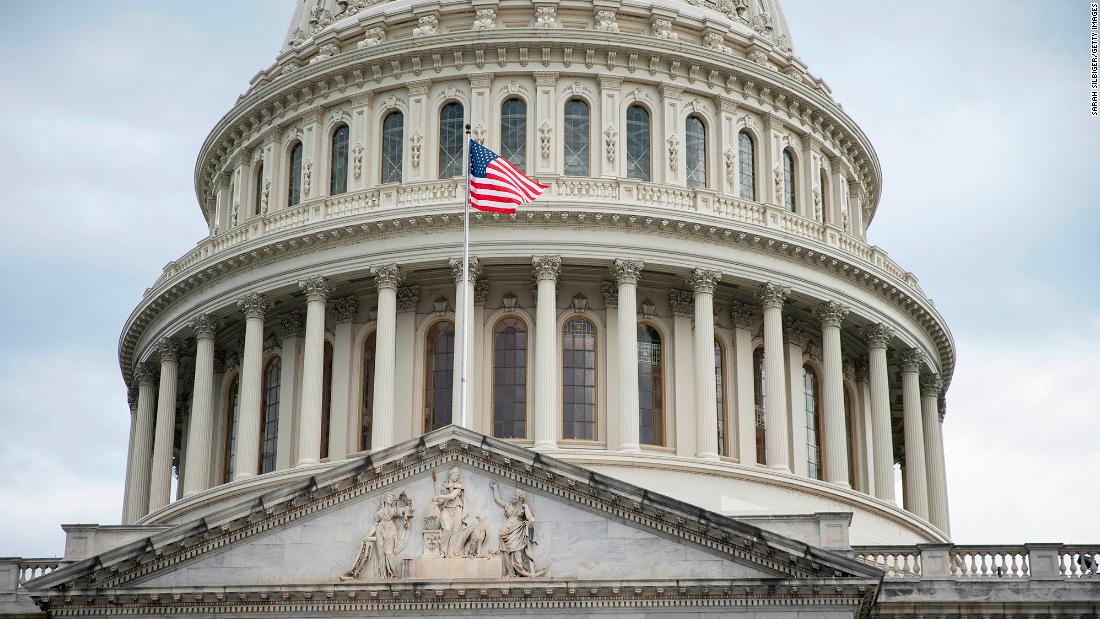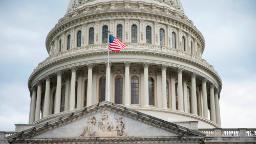

Kondik: You can’t discount the possibility. Part of the reason why the presidential party often struggles in midterms is that they change the status quo in ways that end up being unpopular. An example is the Democrats’ passage of the Affordable Care Act in 2010, which ended up being a political albatross, at least in that election.
What is different and unusual about 2022 is that the Republicans, who are shut out of both the White House and the Congress, nonetheless saw their side make a dramatic and unpopular change to the status quo, as GOP appointees to the Supreme Court eliminated constitutional protections for abortion rights. This seems to have had the effect of giving the Democrats some of the juice that the opposition party gets in a midterm.
It has complicated the midterm calculus, even though some of the elements of a bad midterm for the presidential party remain in place — most obviously, that the President himself is unpopular.
Kondik: The word “unique” is thrown around a lot, but it may actually be applicable to 2022. Trump’s large presence as a defeated former president is unique, as is the dynamic of the opposition party being seen as the agents behind what amounts to an unpopular change in policy — the Dobbs decision.
Also, if in fact the Democrats have a good midterm — which I would define as holding the Republicans to a small majority in the House and holding the Senate (holding both would be categorized as better than just “good”) — it would be odd for them to do that despite their president being unpopular.
Recent presidents have presided over decent midterms for their party, but their approval is usually strong — like Bill Clinton in 1998 or George W. Bush in 2002. Maybe 1978 was comparable, as Republicans didn’t really do as well as they could or should have in Jimmy Carter’s only midterm, although Carter’s numbers in fall 1978 were actually decent (approval was in the high 40s, according to Gallup, even though it had been weaker in the summer). Ronald Reagan’s first midterm in 1982 may also be a decent comparison: Reagan was unpopular, and there were economic problems (including inflation that is comparable to today). But Democrats only did OK (not great) in the House that year, and redistricting played a significant role in that, while Republicans comfortably held the Senate majority in 1982, thanks in part to a favorable map.
That said, just because the circumstances are arguably unique does not mean we’ll have an unusual outcome — Republicans could still end up flipping both chambers of Congress.
I do think Colorado remains a sleeper; it’s trending Democratic but is still competitive, and Republicans wisely nominated a candidate, Joe O’Dea, who while being a political novice is not presenting himself as a strong social conservative, which is very important in Colorado. I still see Sen. Michael Bennet (D) as a clear favorite, but I do think it’s a plausible Republican target.
Wollner: In the battle for the House, is there a particular district you are looking to as a bellwether?
VA-2 also is located on the East Coast, meaning we should have a decent sense of what’s going on there earlier on Election Night than some other key districts.
